Imagine a world where stress isn’t just a human experience, but something even the tiniest organisms must contend with. Picture bacteria—microscopic beings, invisible to the naked eye—facing challenges in their environment and adapting in ways we’re only beginning to understand. While microbes don’t shed tears or experience sadness like we do, their responses to adversity might surprise you. As scientists peer deeper into the invisible universe of bacteria, they’re uncovering a dramatic story of survival, signaling, and adaptation that blurs the line between simple and complex life. Can bacteria really get “depressed”? Let’s journey into their world and see how these tiny survivors cope when life gets tough.
The Secret Lives of Microbes: More Than Meets the Eye

Microbes are everywhere—on your skin, in the soil, in oceans, and even the air you breathe. Despite their size, these single-celled organisms are astonishingly complex. They communicate with each other, work together in communities, and react to changes around them. In a way, bacteria can sense when something isn’t right. Just like we might feel anxious in a crowded room or uneasy when threatened, bacteria pick up on signals that tell them when their environment is becoming hostile. Their secret lives are filled with chemical conversations and constant adaptation, making them far more sophisticated than most people realize.
What Does “Stress” Mean for a Microbe?
For bacteria, stress isn’t about missing a deadline or feeling overwhelmed by emotions. Instead, stress comes in the form of threats like lack of nutrients, high temperatures, antibiotics, or toxic chemicals. When faced with these challenges, bacteria must act fast to survive. Their version of stress leads to remarkable changes inside their tiny bodies. Genes switch on and off, proteins reshape themselves, and entire cellular systems shift gears. It’s a fierce race for survival, where only the most adaptable microbes make it through. This relentless struggle reveals a hidden intensity in the microbial world.
Chemical Conversations: How Bacteria Talk to Each Other
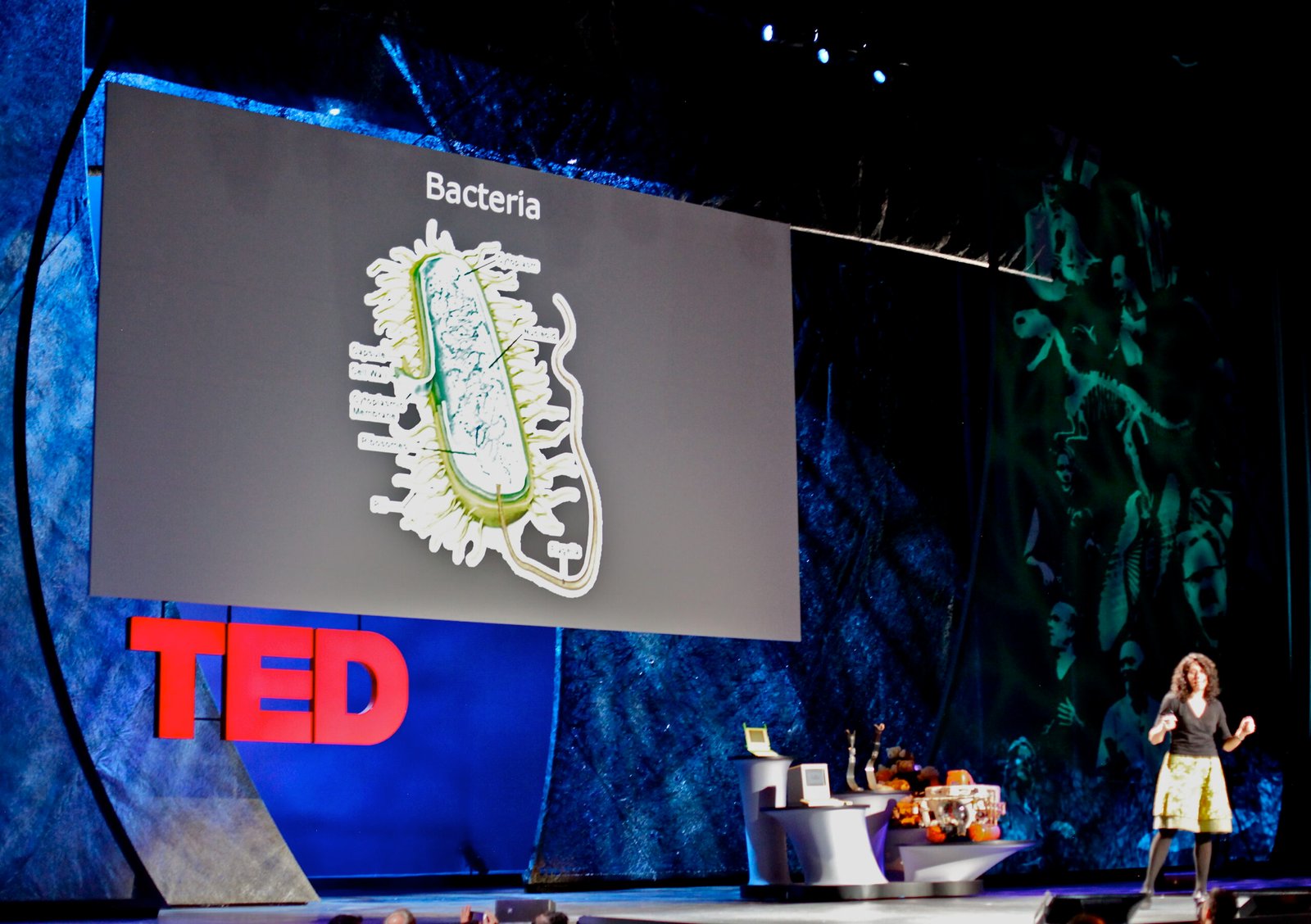
Bacteria don’t have mouths or voices, but they’re expert communicators. They use chemical signals, known as quorum sensing, to “talk” with their neighbors. When stress hits, these signals become urgent messages, warning others of danger or calling for help. For example, when antibiotics threaten a bacterial colony, certain bacteria release molecules that trigger their peers to build defenses or change behavior. This kind of teamwork is startlingly similar to how animals, even humans, might band together in tough times. Through these invisible conversations, bacteria prove themselves to be master strategists.
Survival Mode: The Microbial Stress Response
When bacteria detect trouble, they enter a state known as the “stress response.” This is like flipping a switch inside their cells. Special proteins, such as heat shock proteins, rush to protect vital machinery. DNA repair systems kick into high gear, and energy is redirected from growth to survival. Some bacteria even form protective shells, called endospores, allowing them to wait out danger for years if needed. This rapid transformation is awe-inspiring, showcasing how even the simplest life forms are equipped with powerful tools to endure the harshest conditions.
Biofilms: Building Microbial Fortresses
Sometimes, bacteria respond to stress by joining forces and forming biofilms—slimy, protective layers that shield them from harm. You’ve seen biofilms before as plaque on your teeth or the slippery coating on rocks in a stream. Inside these microbial fortresses, bacteria are safer from antibiotics, dehydration, and predators. Biofilms are like bustling cities, with different microbes taking on various roles to keep the community alive. This collaborative defense strategy is a testament to the power of unity, even among the smallest of life forms.
Microbial Memory: Do Bacteria “Remember” Stress?
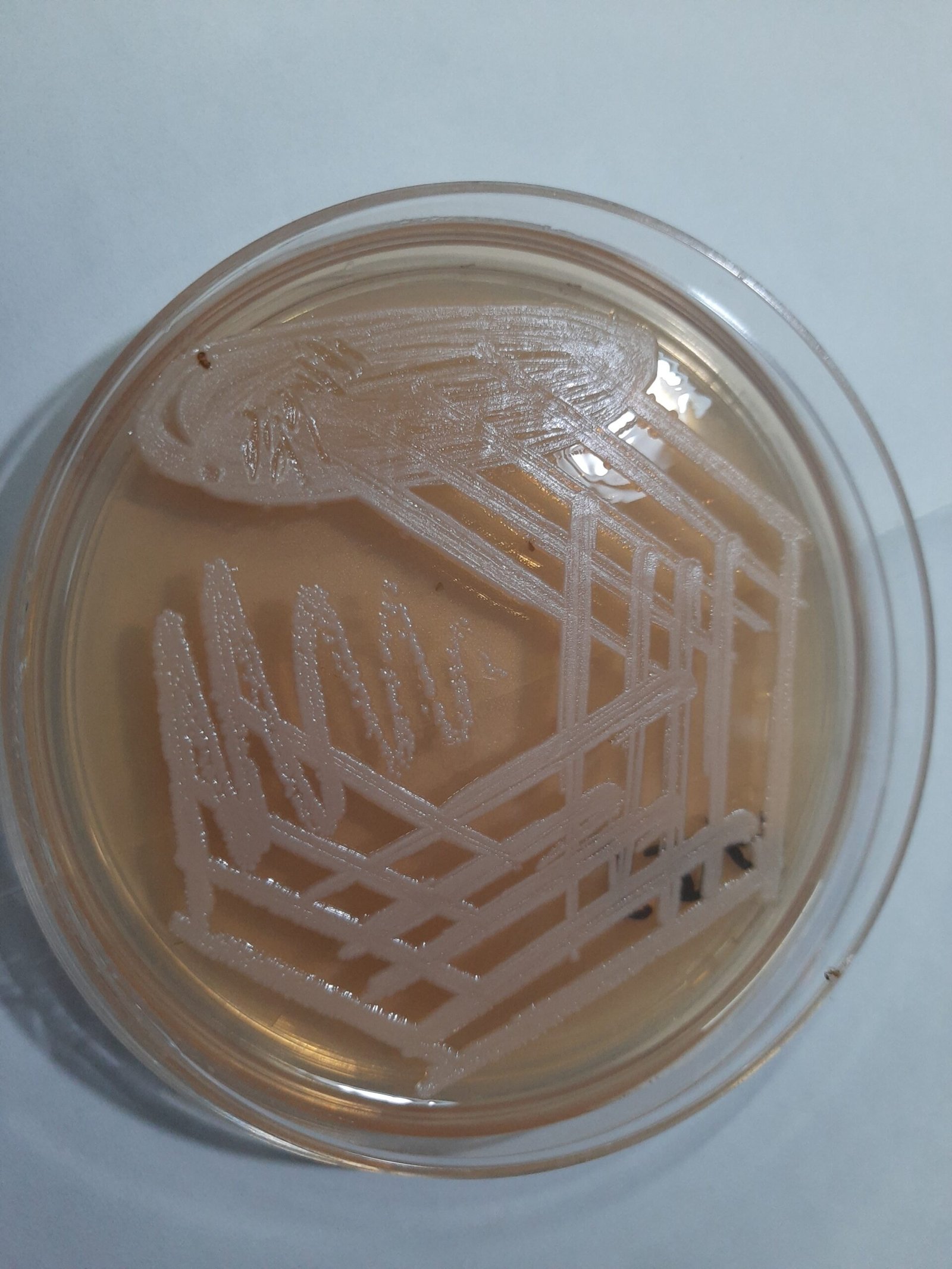
It’s astonishing to think that bacteria can “remember” past hardships, but research shows they can. When exposed to a stressful event, some bacteria adapt so effectively that their descendants inherit these survival traits. This phenomenon, called “stress priming,” means that a bacterial population can become more resilient over time. The memory isn’t emotional, of course, but it is biological—a kind of genetic bookmark that prepares future generations for similar threats. This adaptive memory is one of the most fascinating discoveries in microbiology.
Can Bacteria Really Get Depressed?
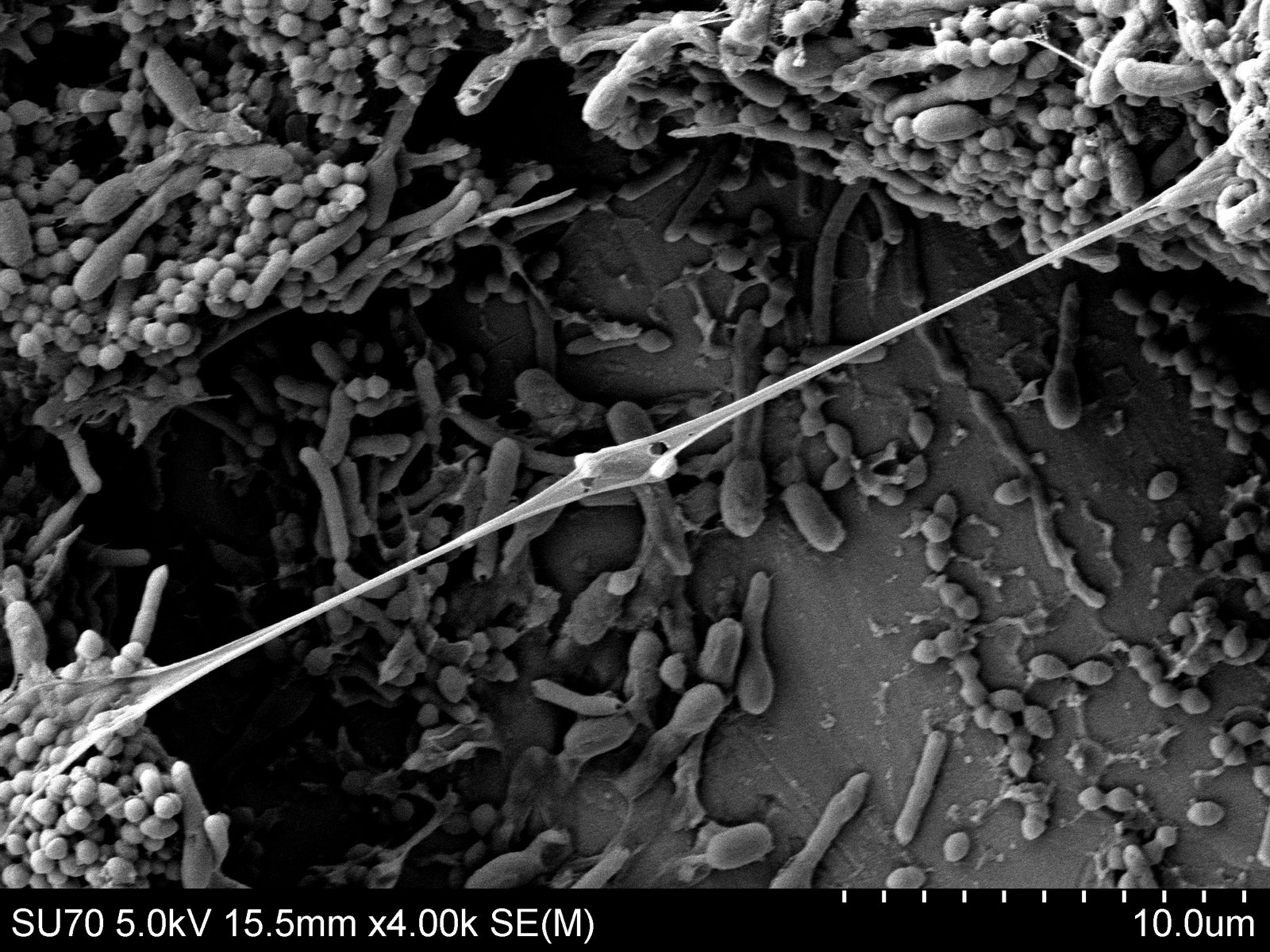
The idea of a microbe feeling “depressed” might sound absurd at first. Bacteria don’t have brains or emotions, and they don’t experience sadness as humans do. However, when scientists look at how bacteria behave under chronic stress, they see patterns that echo some aspects of depression. Stressed bacteria might stop growing, become less active, or even self-destruct—a process known as programmed cell death. These behaviors are not about feelings but survival decisions, revealing how stress can push even microbes to a breaking point.
Signals from the Host: How Human Bodies Influence Bacterial Mood
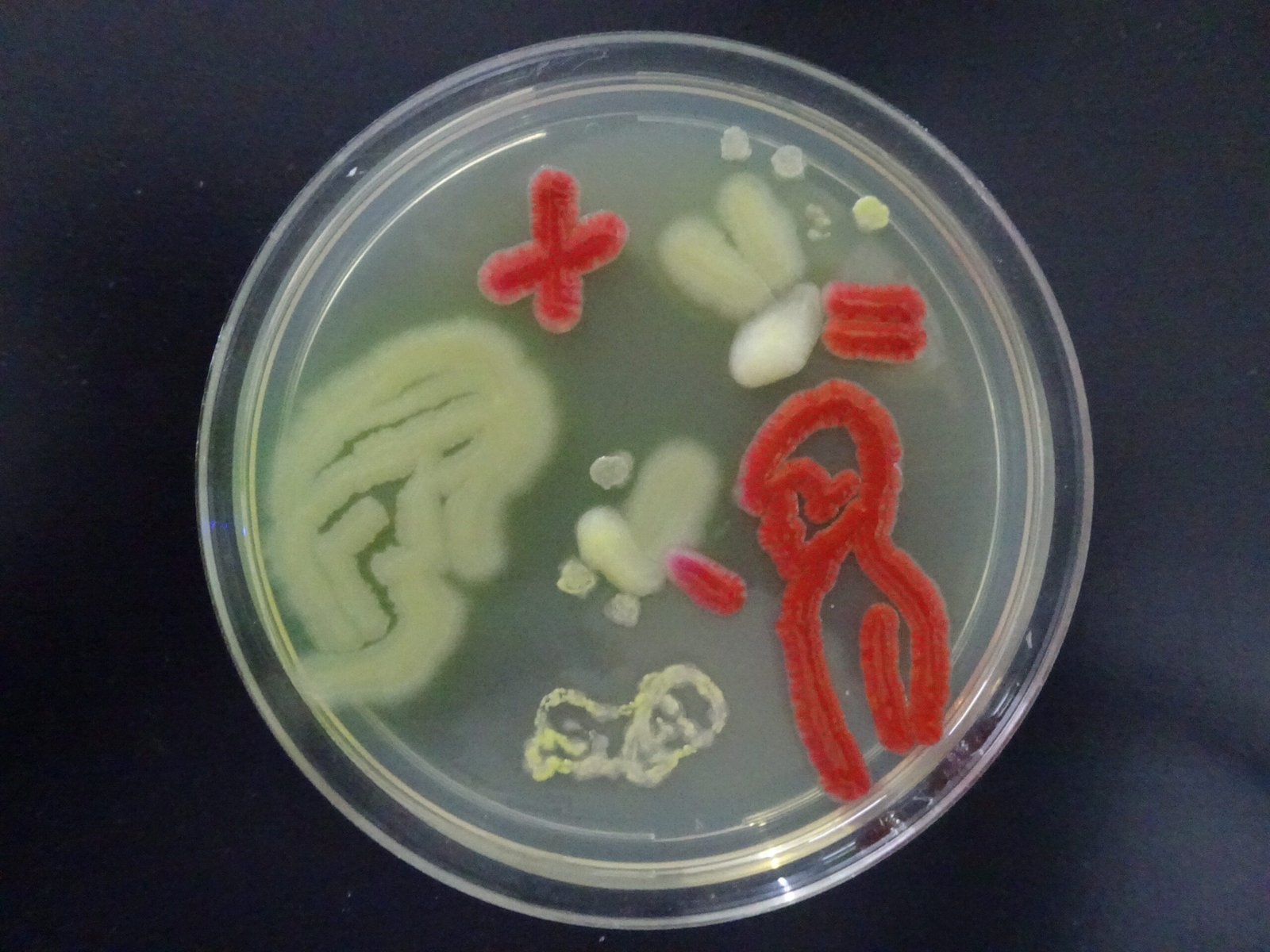
Inside your body, bacteria are constantly reacting to your own stress signals. Hormones like cortisol, released when you’re anxious or under pressure, can change the way bacteria behave. Some gut microbes slow down, while others become more aggressive, shifting the delicate balance of your microbiome. This two-way street of communication between host and microbes is called the “microbiota-gut-brain axis.” It’s a dance of chemical signals, where your emotions can shape the microscopic world within you—sometimes for better, sometimes for worse.
Antibiotics: A Double-Edged Sword for Microbes
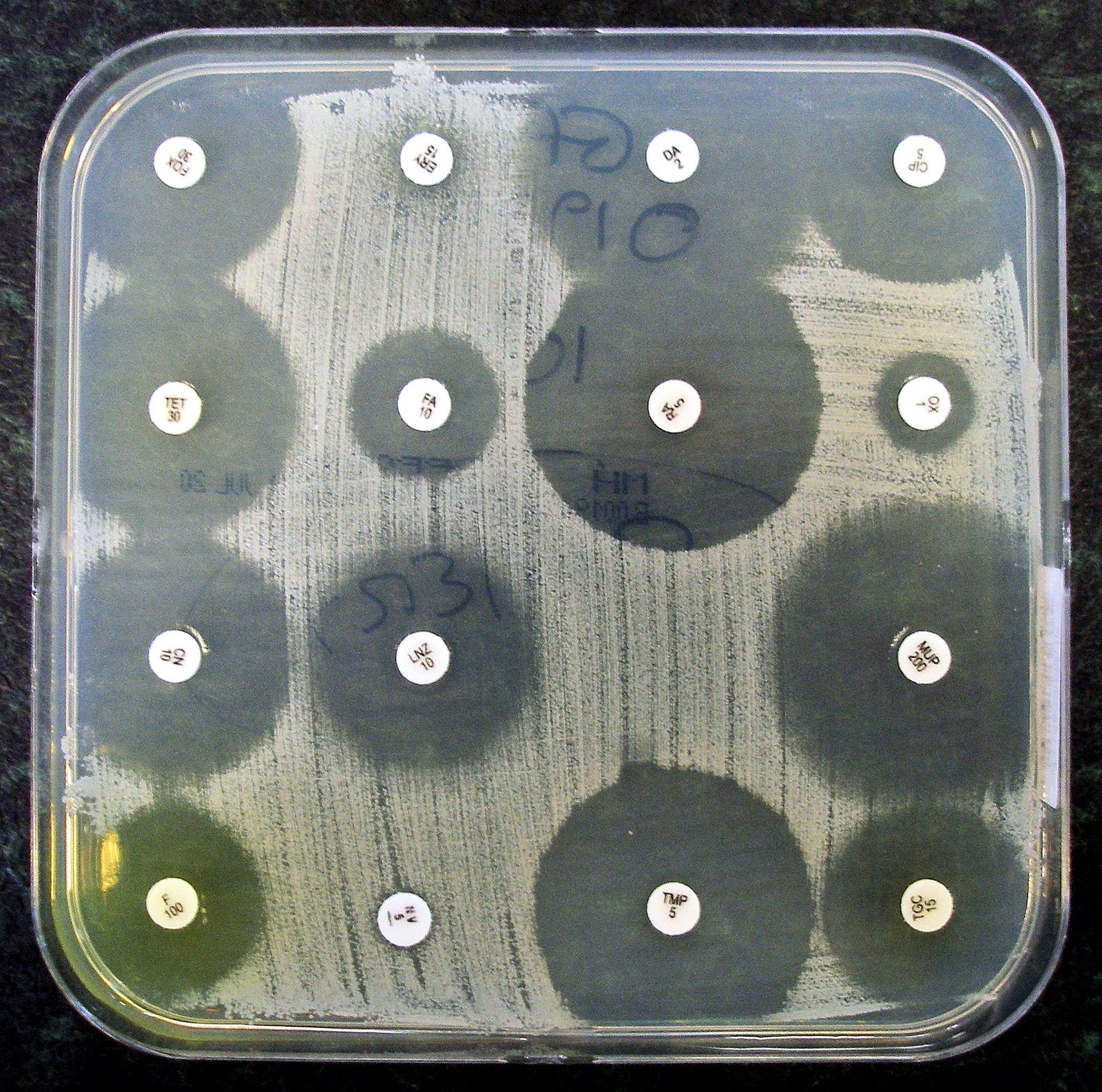
Antibiotics are meant to kill harmful bacteria, but they also act as potent stressors. When exposed to antibiotics, bacteria mount massive stress responses—some survive by mutating, others by hiding in biofilms or entering dormant states. These survival tactics can make infections harder to treat and even contribute to antibiotic resistance. The stress antibiotics cause is so intense that it forces bacteria to evolve rapidly, sometimes in unexpected ways. This arms race between medicine and microbe is one of the most urgent challenges in modern healthcare.
Learning from Microbes: Lessons for Human Resilience
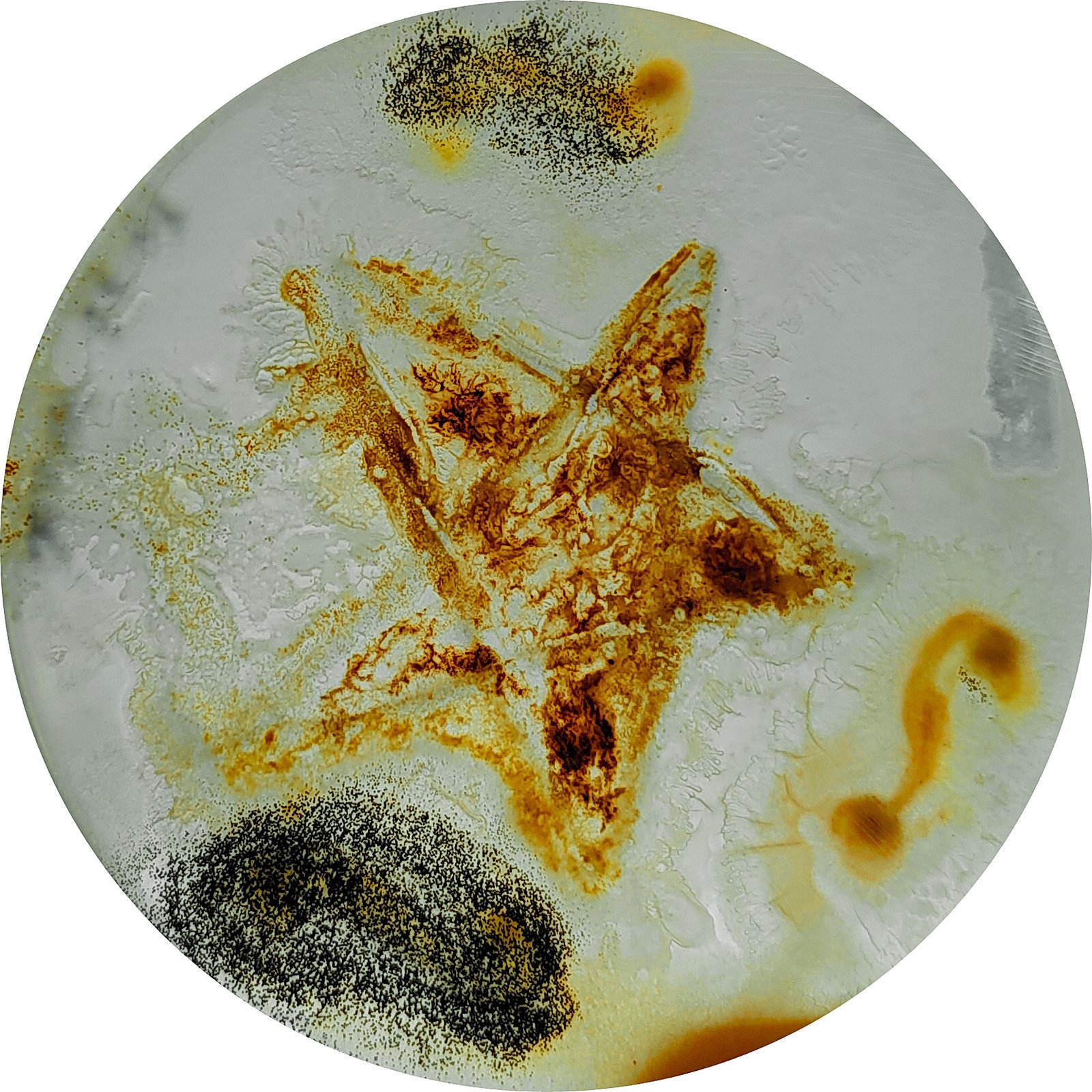
The microbial world’s response to stress offers surprising lessons for us. Bacteria show that survival isn’t about being the biggest or the smartest, but about adapting to change and working together. Their ability to communicate, remember challenges, and build communities under pressure mirrors many strategies humans use in tough times. By studying how microbes cope with adversity, scientists are finding new ways to fight disease, develop better treatments, and even inspire innovations in technology. The resilience of bacteria is a powerful reminder that life’s smallest players often hold the biggest secrets.
Reflections from the Microbial World
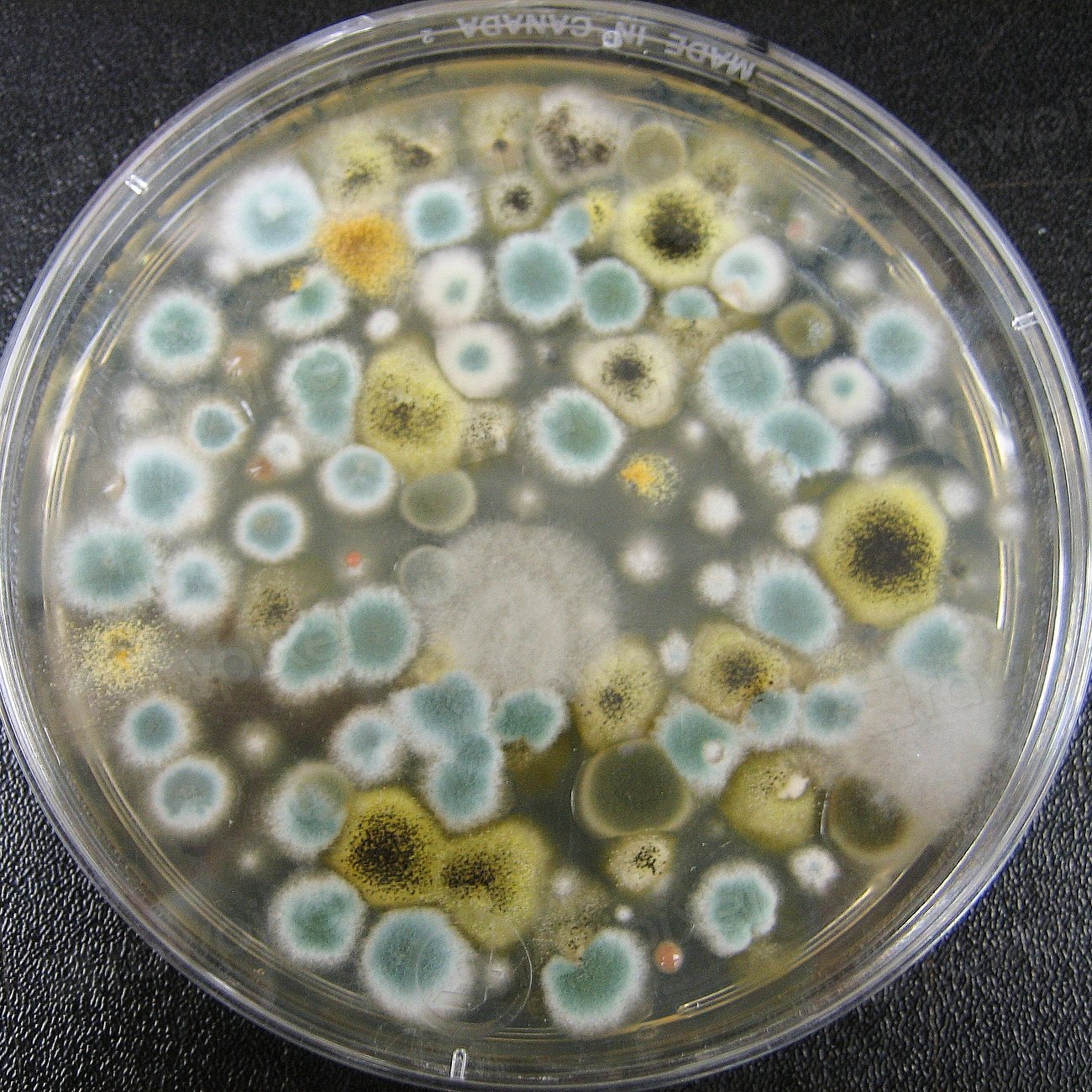
As we uncover the hidden lives of bacteria, one thing becomes clear: stress shapes every corner of life, no matter how small. Microbes don’t get “depressed” in the human sense, but their astonishing responses to adversity reveal a universe of adaptation and survival. Their world is filled with chemical whispers, collective action, and relentless determination. In the end, the resilience and creativity of bacteria challenge us to see life’s struggles in a new light. Isn’t it incredible how even the tiniest creatures teach us about perseverance and hope?



